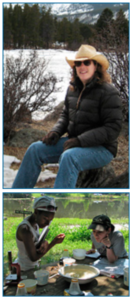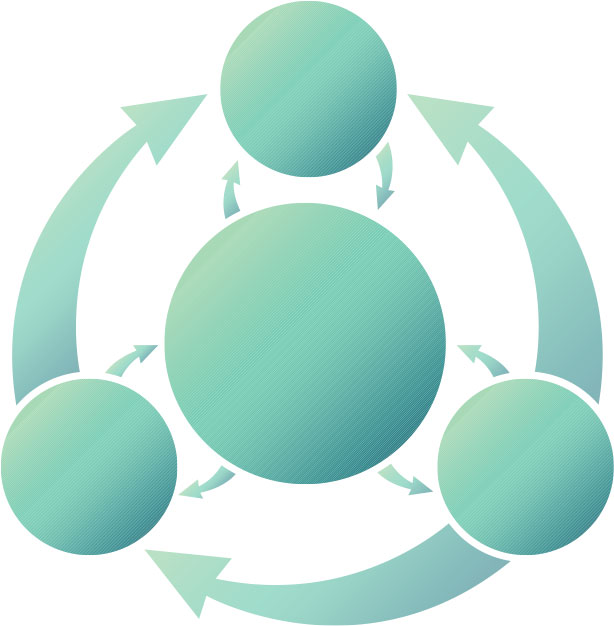
Instructor: Susan Flowers
Institution: Washington University, St. Louis, MO
Discipline: environmental education
Incorporating the How Science Works flowchart
As a life sciences educator who works primarily outside the formal classroom environment, I have found the resources at UnderstandingScience.org to be incredibly helpful. The “how science works” flowchart has become a permanent part of my teaching toolkit! I regularly use it to help middle and high school students get a better grasp of how science permeates their everyday lives, and what different types of activities can make up a career in the sciences. And in our Tyson Environmental Research Fellowships program (NSF ISE 06-520 DRL-0739874), I have found the flowchart especially useful for helping the high school participants understand where their summer work activities fit into the larger research project picture. A student and a research mentor can basically put a “you are here” red dot on the flowchart, allowing the student to see where their field work fits. In short, I have found it to be an excellent framework for communication of the real scientific research process!
